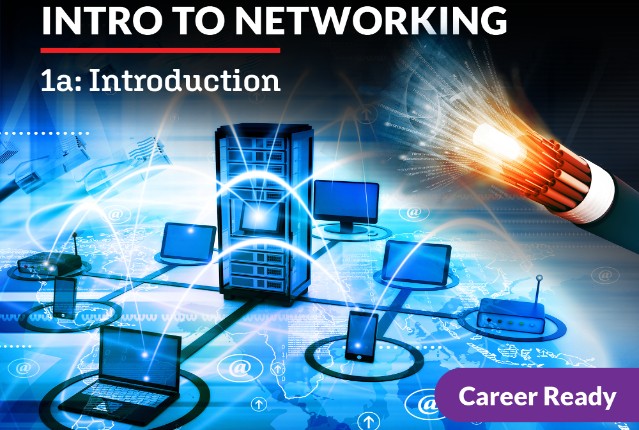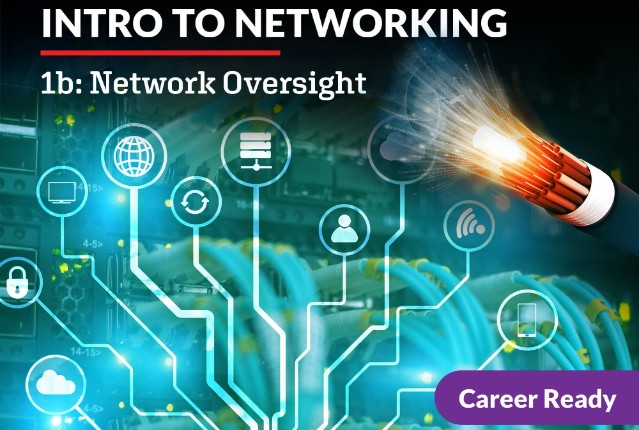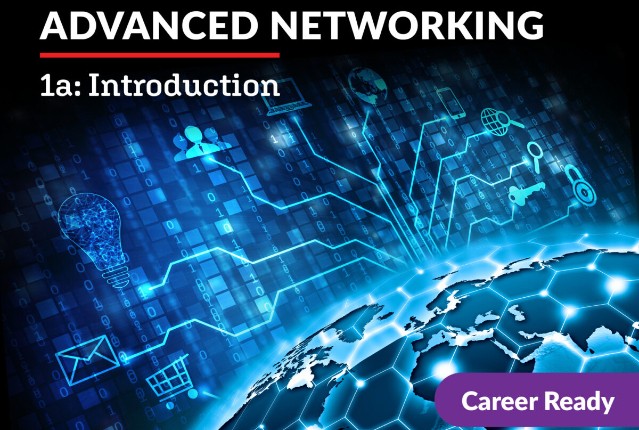
Introduction to Networking 1a: Introduction
What would happen if we didn’t have the internet? The internet is one example of a network, so you can only imagine why networking careers are essential. Start exploring the fundamentals of networking, learning about the different parts of a computer and hardware, network operating systems, and understanding how common network devices can be connected. You’ll get hands-on to explore different types of cables used to create networks – and even make cables in Wired Networking activities. Get started with your introduction to networking!
Review course outlineAccess for a year
USD 299.00*
* Choose more courses to get a discount





